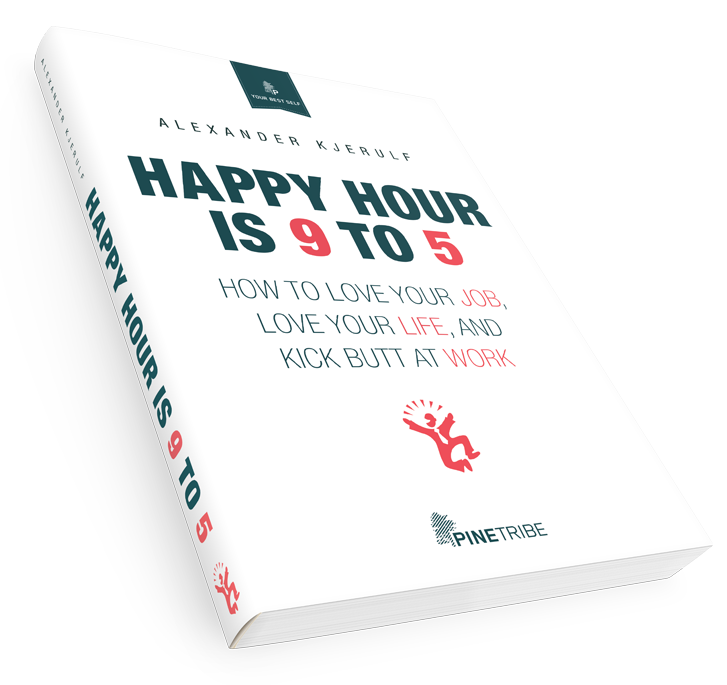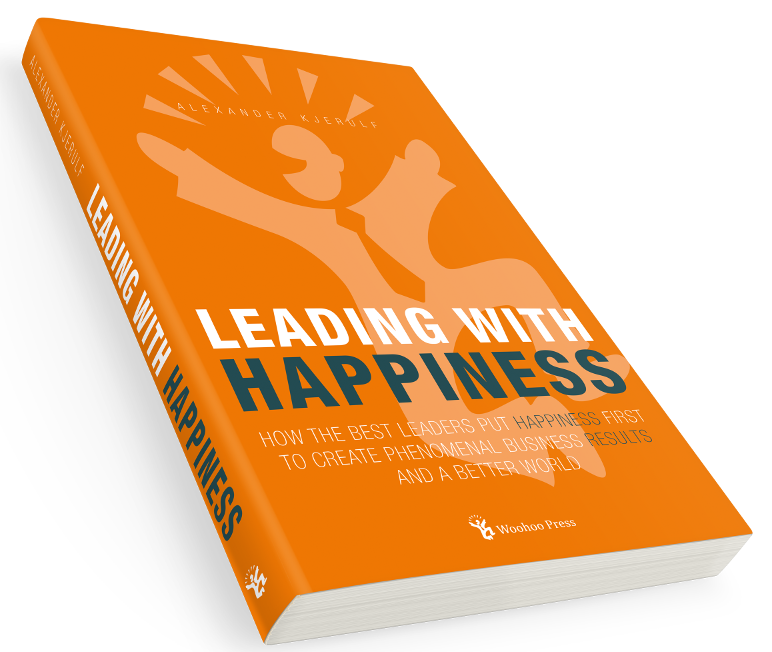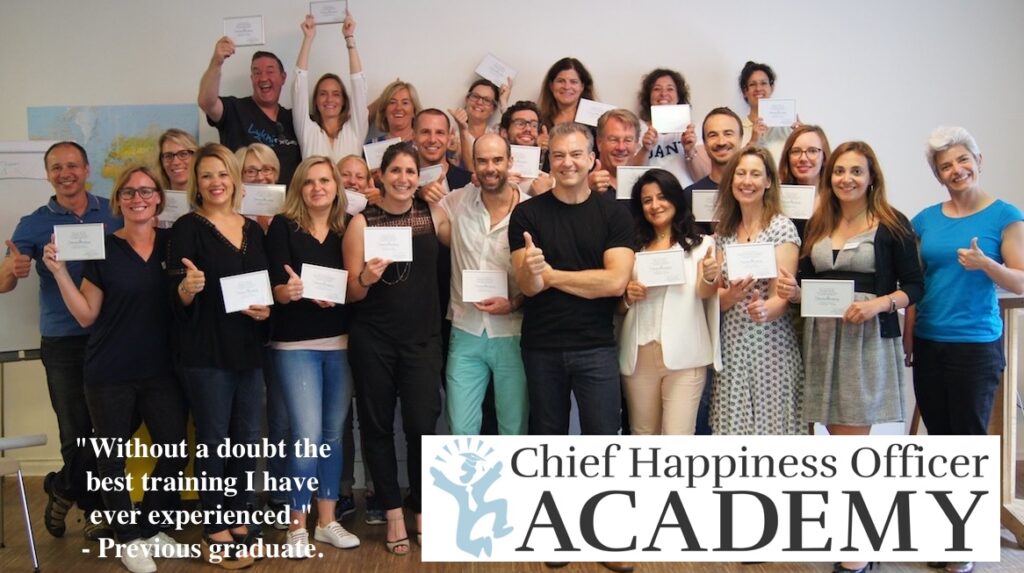“Inner Skiing” is an excellent account of how learning occurs, but this time it’s not at work, it’s out on the ski slopes.
As every skier knows, skiing can be a wonderful experience, when you’re in flow, your skis obey your every command and you zoom down the mountainside. And every skier knows the flip side: When your skis won’t do anything you ask them to, every other skier on the mountain seems to deliberately get in your way, and you spend more time falling than skiing.
What determines the experience you will get? How do you you move from one to the other?
Bob Kriegel and Timothy Gallwey have an answer, which they call the inner game, hence the title of the book “Inner skiing”. They talk about the mind as containing two selves: The first one os your conscious mind. This is the voice in your head telling you to “Bend your knees. No BEND them. Now lean forward. Not that much” etc.
The second self is your subconscious mind, and it’s the one doing the actual skiing. Their point is, that it does a lot better without the intervention of the first self. So many of their exercises are actually designed to keep your conscious mind busy, leaving your second self free to get on with the learning.
One of the main things that they do differently is that they don’t tell people how to ski. In stead, they help people to focus awareness on what they’re doing, and on how it works. An example: If they see a skier who skis with his legs almost totally straight, they won’t simply tell him to bend his knees. In stead, they’ll ask him to focus on his knees. They might ask him to make a few turns with his knees totally straight, and see how that feels. Then they might ask him to do a few more turns, where he constantly shouts out how much his knees are bent on a scale from 1 to 10. This allows the skier to learn for himself how much he should bend his knees.
I really, really like this idea. It meshes perfectly with an idea that I’ve seen proposed in several different places, that you can’t really teach anybody anything. You can only place people in circumstance that allow them to learn for themselves.
So the key here is attention, which is exactly the same point that Mihaly Csikszentmihalyi makes in Flow: The key is to be able to control your attention. Gallwey is talking about skiing, Csikszentmihalyi is talking about achieving flow.
“Inner skiing” has applications far beyond skiing, and the book actually contains no concrete advice on becoming a better skier. It contains advice about becoming a better learner, and that will make you a better skier. In fact, that will make you a better everything.
PS.
The only drawback of the book is, that it should of course have been about inner snowboarding :o)



Leave a Reply